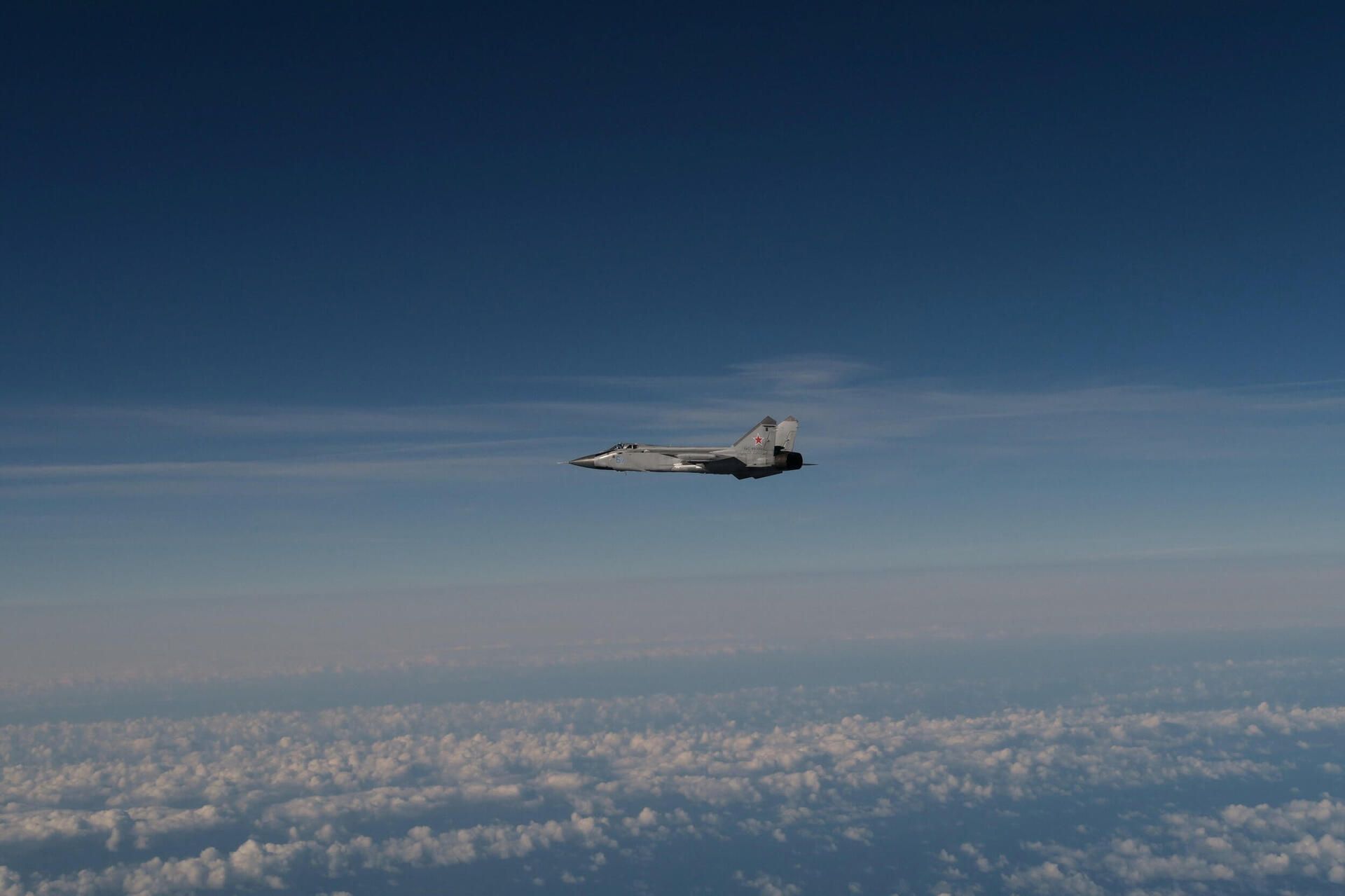- Conservative Fix
- Posts
- NATO Divided as Russian Jets Breach Airspace and Allies Debate Response
NATO Divided as Russian Jets Breach Airspace and Allies Debate Response
Estonia demands action, but internal rifts and Biden’s weakness leave alliance drifting toward indecision.

As Russian jets and drones repeatedly violate NATO airspace, the world’s most powerful military alliance is at a crossroads and dangerously close to paralysis. The latest incursions over Estonia, Poland, and Romania have exposed just how fragile NATO’s unity really is, with members clashing over whether to act or keep issuing hollow warnings.
Estonia, one of NATO’s easternmost and most vulnerable members, invoked Article 4 last week a formal request for consultations when a nation feels threatened. That move drew swift pushback from NATO Secretary General Mark Rutte, who reportedly scolded Estonian Prime Minister Kristen Michal for crying wolf.
According to officials familiar with the exchange, Rutte warned that invoking Article 4 too often “dilutes” its meaning. His message was clear: stop overreacting to Russia’s provocations, or risk undermining NATO’s credibility.
But for frontline states like Estonia, this is the credibility test. Last month, Russian MiG-29s equipped with missiles flew directly into Estonian airspace. Similar drone incursions struck Poland including 19 drones penetrating Polish territory prompting the first live scramble and intercepts by the Polish military since World War II.
If this isn’t a NATO red line, what is?
The Russians are watching. Every incursion that goes unpunished emboldens Moscow and chips away at the very foundation of NATO’s deterrence the idea that a threat to one is a threat to all.
Here’s what we’re now seeing:
Repeated airspace violations by Russia over Estonia, Poland, Romania, and even drone sightings over Germany and Denmark.
Rising internal divisions within NATO about how to respond or whether to respond at all.
Public spats between NATO leaders, with Estonia pushing for action and NATO’s top brass telling them to calm down.
Estonian officials aren’t buying the hand-wringing. Defense Minister Hanno Pevkur has said Estonia is prepared to shoot down Russian jets if necessary. But NATO’s broader hesitation shows how far the alliance has drifted from strength to symbolic gestures.
Former NATO assistant secretary general Giedrimas Jeglinskas put it bluntly. “We’re happy to do Article 4 every other day, but so what? What’s next?”
That’s the uncomfortable question. If NATO won’t respond now, then when? And what good are treaties if no one is willing to enforce them?
President Donald Trump, in a bold contrast to Biden-era ambiguity, recently declared that Russian aircraft should be shot down if they violate NATO airspace. That clarity resonated with the Baltic states, who say it restored their confidence in American leadership.
“President Trump was very clear,” said Jeglinskas. “That gives us confidence we’re on the right track.”
It’s no surprise. Under Biden, NATO has been a paper tiger slow, bureaucratic, and terrified of escalation. While Moscow tests the alliance daily, Biden’s White House waffles between warnings and appeasement, choosing “strategic patience” over decisive strength.
Since 2022, Russia has conducted over 60 documented airspace violations over NATO territory. Not a single jet has been downed in response.
Meanwhile, European airports from Lithuania to Denmark have been shutting down over mysterious drone sightings, and Polish officials admit their forces are burning millions launching fighter jets to intercept devices that cost a few thousand dollars. It’s an unsustainable mismatch and Putin knows it.
Germany’s Chancellor Friedrich Merz summed it up well. “We are not at war, but we are no longer at peace either.”
The problem isn’t just military it’s strategic. NATO is stuck in a Cold War mindset while the battlefield has moved into low-cost, high-impact gray zones: drones, cyber attacks, and border provocations. And without American leadership, Europe is simply not prepared to handle it.
Jeglinskas and other defense experts are calling for more than just F-35s and strong words. They want layered, integrated defenses like Israel’s Iron Dome and real-time radar systems to stop drone swarms before they even cross the border. Right now, most NATO nations lack that capability.
NATO recently launched Operation Eastern Sentry to bolster eastern defenses, but even that isn’t enough. As Jeglinskas warned, “More jets don’t mean more security from low-altitude drones. Right now, we have a dead space in our detection system.”
So while Russia probes NATO’s defenses day after day, the alliance continues to debate, deliberate, and delay even as its eastern members plead for action.
Deterrence only works if your enemy believes you’ll use it. Right now, under Biden and a fractured NATO, Moscow sees nothing but hesitation.
It’s time to draw the line and mean it.
Share this with someone who still thinks NATO is in control or subscribe to our newsletter for more unfiltered foreign policy analysis that cuts through the noise.